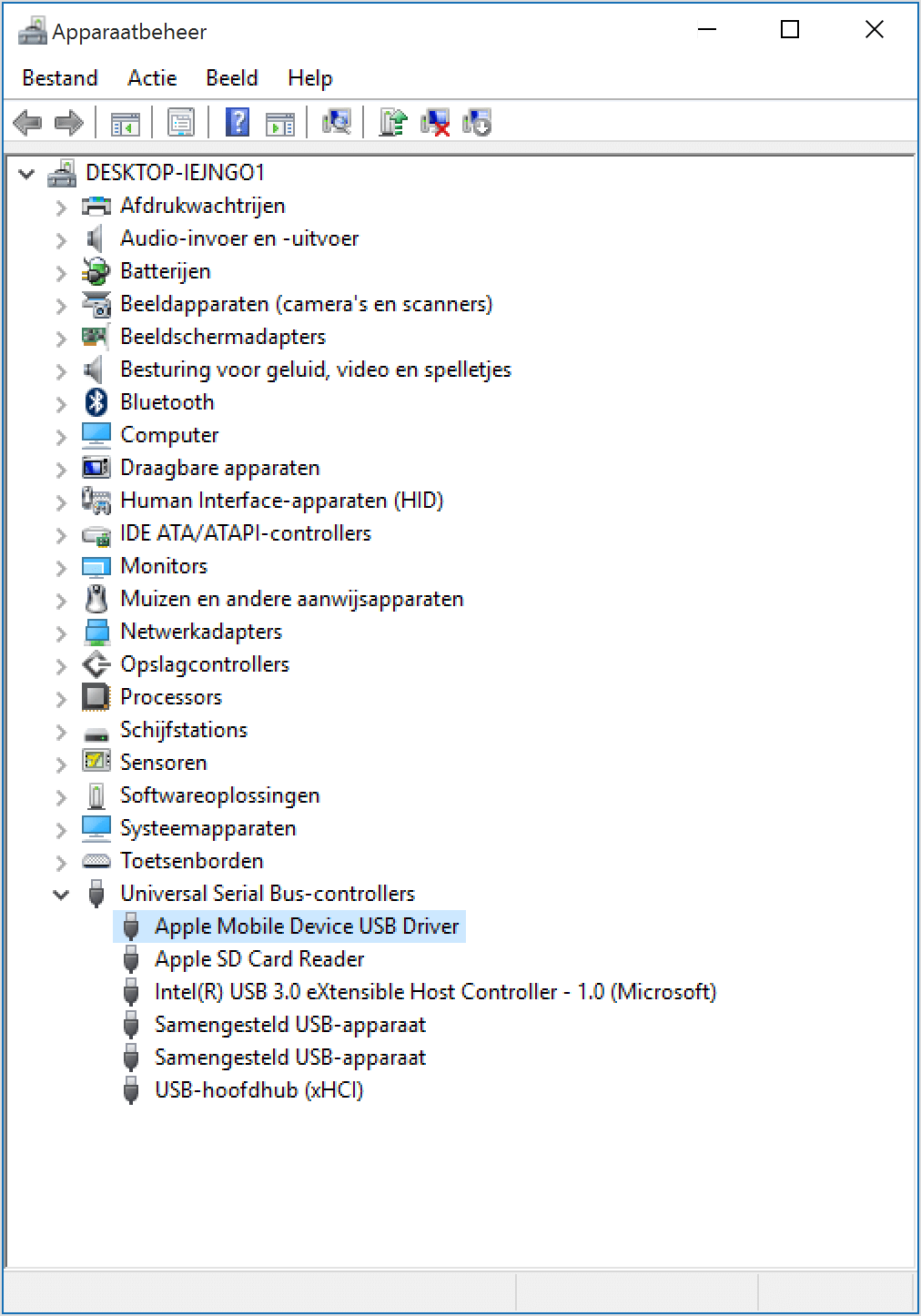Windows Mobile Device Drivers
- Mobile Device Drivers For Pc
- Windows Mobile Device Driver Download
- Windows Mobile Device Usb Not Recognized

Mobile Device Drivers For Pc
Back in April we whined complained about how syncing your Windows phone with Windows (the desktop operating system) took a few steps too many. You had to manually go out and find the software (ActiveSync for you XP users, Mobile Device Center for Vista and Windows 7).
Here is the most current suggest workflows to fix the Windows 10 and Windows Mobile Device Center (WMDC) Connection Issues New Windows 10 machine. Install the latest 1709 update from Microsoft; Plug in the Windows Mobile Device (Geos, TCS3, etc) Let it install the drivers and WMDC. If the device will not connect, then run this Registry exe as.
Our cries have been heard.
With the Release Candidate version of Windows 7 (that's Build 7100, for those keeping track at home), everything's taken care of for you. We'd heard as much from PocketNow but just had to try it ourselves. Here's my experience:
Cybersecurity has been a trend from the last few years. Download best app hack wifi for android.
- Phil plugged in his trusty ol' Moto Q9h.
- Windows 7 downloaded and installed some drivers.
- Mobile Device Center was automatically downloaded and installed.
- Phil thrust his arms in the air in celebration, sounded a barbaric yawp and immediately began a post praising Microsoft's foresight.
LG Mobile Drivers and Software. Learn how to use, update, maintain and troubleshoot your LG devices and appliances. LG Mobile Support tool for Windows. To use the LG Mobile Support tool, select your operating system below to download then install. Explore our complete collection of LG electronics, mobile devices, appliances and home. Windows Mobile Device Center Driver Update still exists in the Control Panel - Uninstall a Program list, and remains there no matter how often I uninstall it. The network device does not appear to exist at all in Device Manager (unless I'm missing something?), so I can't delete it from there. I have been looking for a solution to this problem also. The reason is that when you load iTunes into a Windows 10 PC, for some reason, the device drivers do not load into the USB Serial Bus Controller of the Device Manager (Win10 Settings/Devices/Device Manager/USB).
OK, it's not perfect. There really are no dialog boxes telling you what's going on, and the process isn't as quick as I'd like. It took a couple of minutes to install the drivers and software, which in and of itself was fine. But there basically were no dialog boxes (other than the one saying drivers were being installed) to let the user know what was going on. But we're not going to let that rain on our parade.
And for those of you wanting to try out the Release Candidate, it'll be available to the public on Tuesday.
We may earn a commission for purchases using our links. Learn more.
-->To install a driver on Windows 10 Mobile, use an .spkg file. An .spkg ('package file') is a standalone module that contains your driver package.
WDK 10 includes PkgGen, a tool that generates package files. You run PkgGen in Visual Studio when you build your driver, using the following procedure.
Using PkgGen to generate a package file

- Right-click the driver project and choose Add->New Item. Next, under Visual C++->Windows Driver, choose Package Manifest. Click Add.
- Visual Studio adds a file called Package.pkg.xml to your driver project. You can right-click the file and choose properties to verify that the item type is PkgGen. (On this same property page, you can set Excluded from Build to Yes if you decide later that you want to build this driver project and not generate a package file.) Click OK.
- Right-click the driver project and choose Properties. Under Configuration Properties, open the PackageGen node and change Version to any value you like.
- Save your work and restart Visual Studio as administrator.
- Build your driver. Visual Studio links against the required libraries and generates a .cat file, an .inf file, a driver binary, and an .spkg file.
Windows Mobile Device Driver Download
To view the contents of the package file, append a .cab suffix to the file name and then open the cab file in Windows Explorer.
To learn about running PkgGen outside of Visual Studio, see Creating mobile packages.
To install a mobile driver package (.spkg file), you have two options.
- If you are updating an existing package on a target system or adding a new package to the target, use IUTool.exe to install an .spkg driver package.
- If you are combining packages into a mobile OS image, use ImgGen to add the .spkg driver package to a full flash update (FFU) image that can then be flashed to a mobile device.
Using IUTool to add a mobile driver package (.spkg) to a running device
IUTool.exe is in the toolsbin<architecture> subdirectory of WDK 10.
Attach your mobile device to the PC. Then, from an elevated command prompt, issue the following command:
For more information, see Adding a driver to a test image.
Using ImgGen to add a driver package (.spkg) to a mobile OS image (.ffu)
- After you install Visual Studio, on the Start screen, click the Visual Studio 2015 folder. Right-click Developer Command Prompt for VS2015, and choose Run as Administrator.
Flashing a mobile OS image (.ffu)
Windows Mobile Device Usb Not Recognized
To flash the image to the device, either use the Microsoft-supplied FFUTool, or develop custom OEM flashing tools.